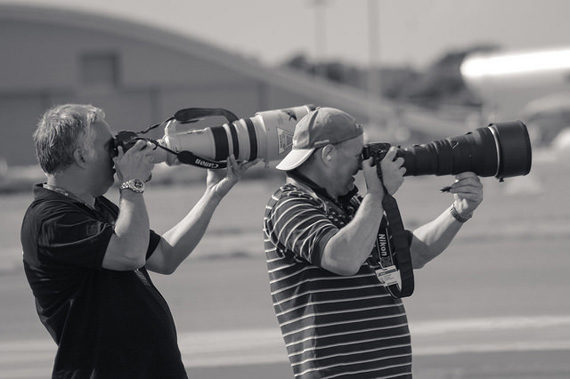There’s no shortage of great photographers, but not everyone that totes a digital camera is necessarily a creative genius. Nor are they all products of photography classes. That being said, there are some things you can do to improve your photographic skills and abilities.

Photo by Sagesolar; ISO 400, f/7.1, 1/2000-second exposure.
Here is a list of five things you can change to improve your pictures.
1. Change your camera
Buy a new camera? Maybe, maybe not. There are so many terrible images that are a result of three things: a poor camera, the wrong camera for the type of shot, and bad technique when shooting.
Poor cameras. If you do everything necessary to get a good shot, but it still comes out poorly, it may be time to upgrade.
The wrong camera. Not every camera is capable of taking certain shots. For instance, getting good pictures of a NASCAR race may not be possible with a point and shoot camera. The same is true of other specialty types of photographs, such as macro and wildlife. If you really want to take those kinds of pictures, it may be time for an upgrade.
Bad technique. Many camera users are guilty of this. In fact, you should definitely try to “fix” this before abandoning your camera for a new model. The one most common problem comes from the way the shutter button is pressed. There is a right way and a wrong way. To get the best results, push the shutter button down part way and allow the camera to focus, then take the shot by simply pressing it the rest of the way. Do not jam your finger down on the button. This will result in a blurred picture most of the time.
2. Change the number
Simply said, take more pictures. Don’t rely on the first shot if you can take another. Sometimes this is not possible, like when the subject is your child and she has moved on to the next cute pose. Even if you check the viewfinder to see what the picture you took looks like, take more. You might be in for a big surprise when you transfer your shots to the computer and find that the picture is too blurry or there was an uninvited participant walking into the frame of the photo (and you didn’t notice him when you previewed the shot in the viewfinder). Lots of things can be wrong with a picture. The more photos you take, the more opportunities there are for getting a great shot.
3. Change the mode selection button
Take a walk on the wild side and take the camera off Auto. Sound a little extreme? As long as you take your pictures using the same camera settings, you will keep getting the same kind of shots you have been getting. Try a couple of different things to see the results. For instance, it’s easy to switch to one of the basic modes like “cloudy” or “sports.” This is you taking charge of your camera settings one small step at a time. Switch off the automatic flash, and you will see some immediate improvement in some pictures. Experiment with the settings when you have the time and if the photo is not a critical one. By all means, read the manual to see exactly what you can change on your camera to get different results.
4. Change the composition
Great photographers spend time analyzing shots. They do not usually take out their point and shoot camera and start snapping. You can do the same. Think through what you want to accomplish with your shot. Have you heard about the “rule of thirds?” This just suggests that you don’t make your subject the center of every shot. Move the camera frame up, down, or sideways to get a different composition. This one little trick will add interest and drama to many otherwise boring shots.

“Black Mountains near Abergavenny” captured by Les Haines
Also, decide how much of the subject you want in the picture. Sometimes purposely getting more or less of the subject can add interest. Again, taking more pictures is a good strategy as you experiment with composition.
5. Change your position
Get mobile! Move closer. Move farther away. Move to one side or another. Change your perspective by moving your camera above or below where you would normally shoot.
You can get better pictures by just paying attention to these five tips.
About the Author
Wayne Rasku has been an amateur photographer since 2003. He runs sites related to photography classes in Atlanta, Georgia, and a Canon lens organization site.
Like This Article?
Don't Miss The Next One!
Join over 100,000 photographers of all experience levels who receive our free photography tips and articles to stay current:






Try using servo mode for focusing if your camera has it. No need for manual update of focusing.
Just remember if you are using auto focus, you need to be clicking that a lot for things that are moving. Each change needs to be updated. I like doing it in manual. Then I can track my shot. But I do use the auto now and then. I just know it only readjusts when I press half way down. So you have to be on it. for great shots. Good luck and have fun.
Great article. If any level of photographer will apply some or all of these, they will find their pictures less ‘static’. Thanks.